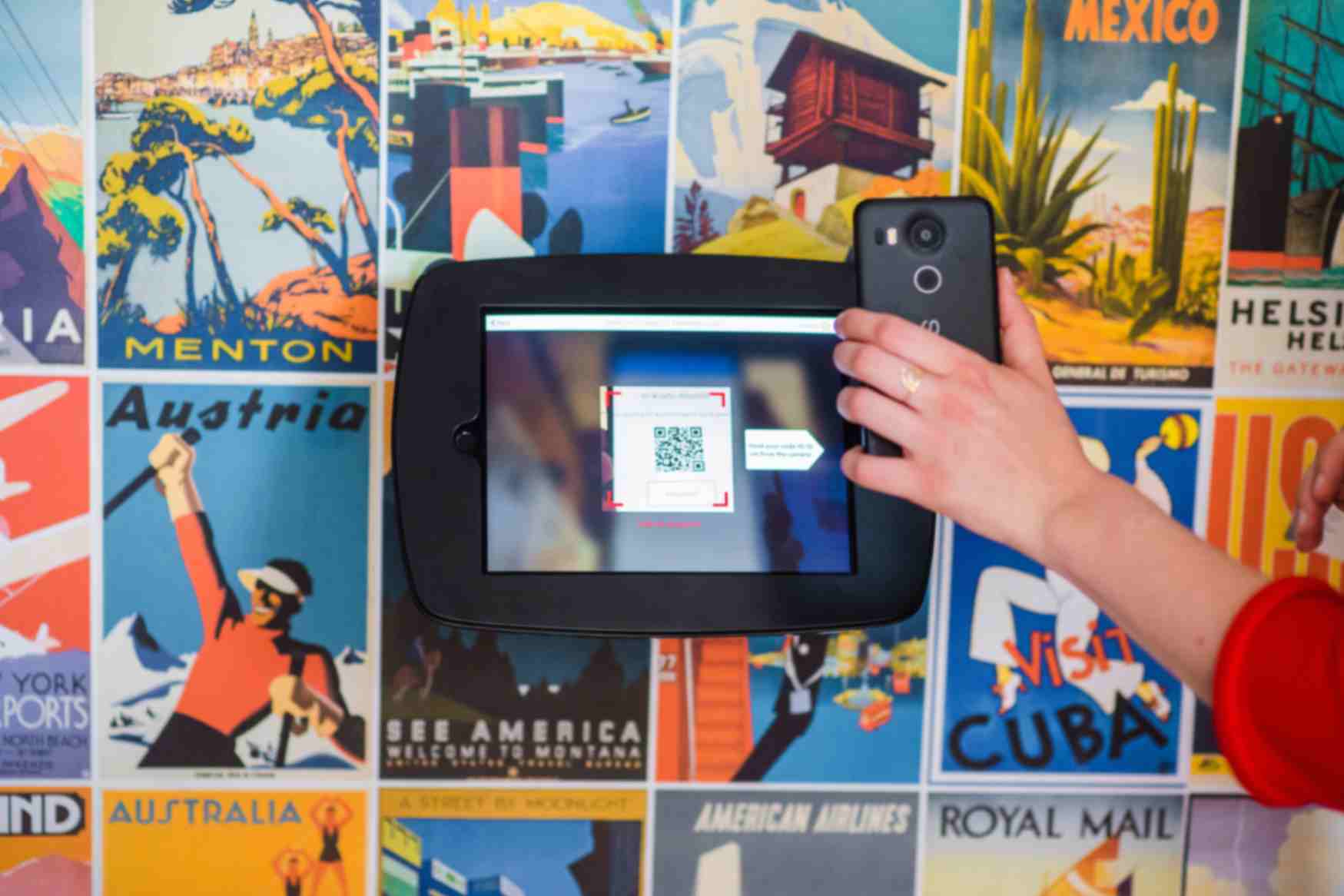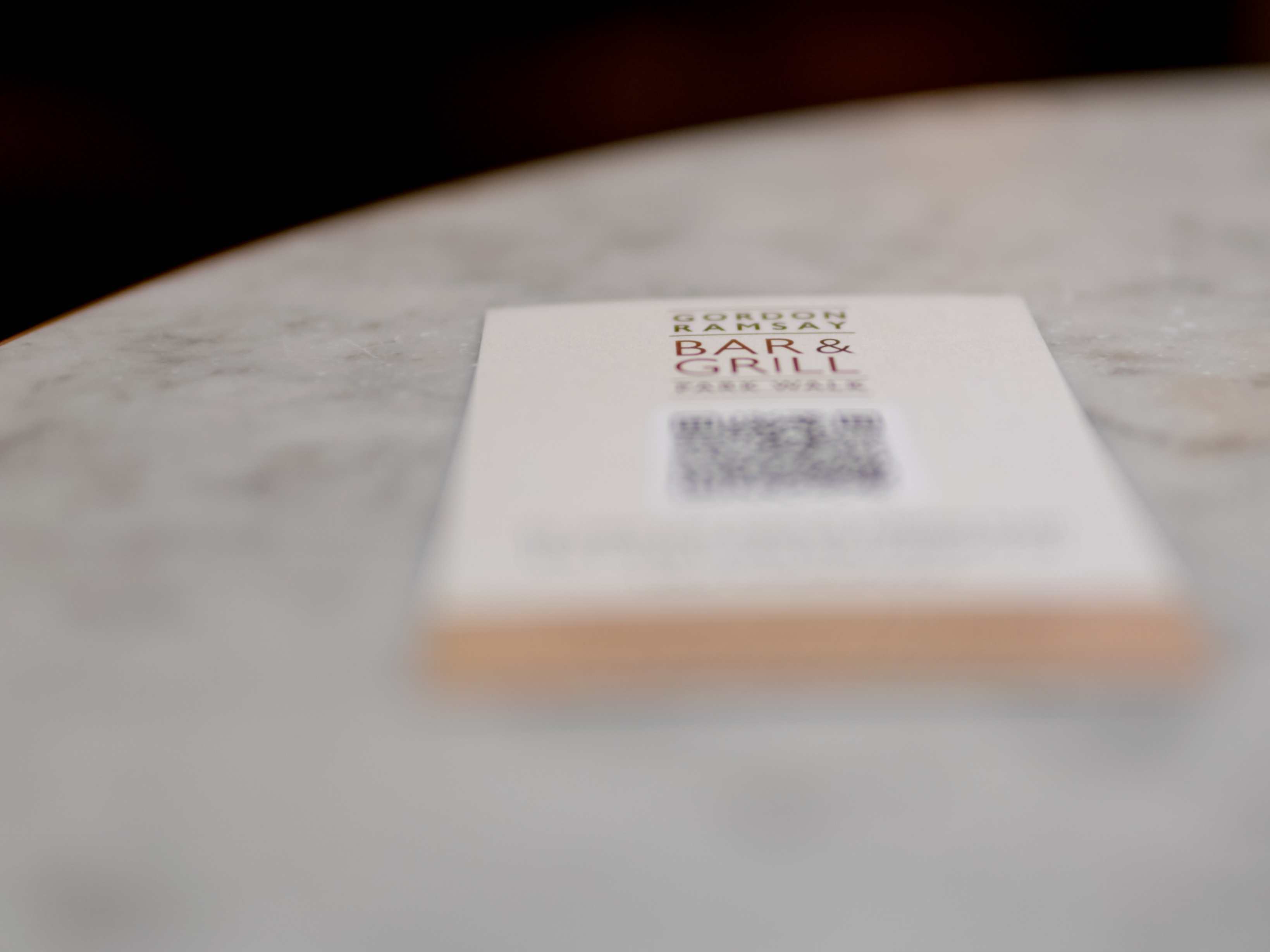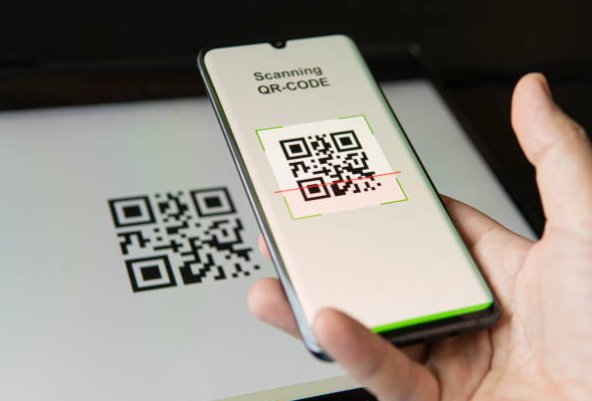How Do I Create a QR Code for PDF?
Sally Wright
Mar 12, 2024
The best way to create a high-quality QR code for PDF is by using QR code generator tools. There are a lot of generator tools available online that you can use for free. One popular tool that can help you get the job done for free is QR Code Generator Hub.
You don't need any technical knowledge to use this tool. All you need is the PDF file and your creativity in designing the QR codes. With this dynamic QR code generator, you will have access to endless features without paying a fortune.
Here are some of the benefits of using QR Code Generator Hub:
- Unlimited dynamic QR Code creation
- Unlimited dynamic QR Code customization
- Unlimited dynamic QR Code updates
- Unlimited dynamic QR Code downloads
- Unlimited dynamic QR Code scans
How to Create a Free PDF Dynamic QR Code?
To make things a lot easier for you, we'll walk you through the process of generating a dynamic QR code for your PDF file:
Step 1: Begin by launching your web browser on your mobile device or computer and navigate to QRCodeGeneratorHub.com. This platform serves as a versatile QR code generator, providing a range of customization options.
Step 2: On the main page of QRCodeGeneratorHub.com, you'll find a text box designated for your content. Above this text box, select "PDF" as your chosen content type, indicating that you want to create a QR code for a PDF file.
Step 3: Click within the text box to upload the existing PDF file that you intend to convert into a QR code. Make sure that your PDF file contains the specific information or content you wish to share with others.
Step 4: You also have the option to personalize the design of your QR code. This can align it with your brand or personal preferences. You can adjust the colors, incorporate a logo, and fine-tune elements such as style, border, and text.
Step 5: Proceed by generating your PDF QR code. Click the "Generate" button, which will initiate the creation process. Once the QR code has been generated, click "Download" to save the QR code to your device.
Step 6: With your PDF QR code ready, you have two primary options for sharing it. You can print the QR code on physical materials such as brochures, posters, or flyers for offline use. Alternatively, you can share the digital QR code online through your website, social media channels, or distribute it via email.
Step 7: When someone scans your QR code using a QR code reader app on their mobile device, they will gain immediate access to the linked PDF document. This straightforward process enables you to conveniently share PDF content with your intended audience.
Best Practices for Dynamic QR Code Creation
The unique ability of dynamic QR codes made it a popular solution for effective communication and marketing strategies. With these codes, users can instantly access information conveniently using their phones. And to further maximize its potential, you can consider the following practices:
- Choose a design that stands out while remaining scannable.
- Optimize the QR code size so that it may be scanned on a variety of devices.
- To ensure reliable scanning, test the QR code in various lighting conditions and distances.
- Use built-in statistics or external tools to track and analyze the performance of your QR codes.
- Include clear instructions on how to use and scan the QR code.
Use Cases for QR Codes on PDFs
Employing QR codes to store PDf files offers numerous possibilities to enhance accessibility and promote interactive experiences. Here are some sample use cases for PDF QR codes:
Event Programs
Create a PDF QR code for event programs so that attendees can simply download and view the full schedule, speaker bios, and session descriptions.
Imagine attending a conference or festival and being handed a brochure with a QR code. This not only reduces the need for printing bulky programs but also ensures attendees have access to the most up-to-date information at their fingertips.
Imagine attending a conference or festival and being handed a brochure with a QR code. This not only reduces the need for printing bulky programs but also ensures attendees have access to the most up-to-date information at their fingertips.
Educational Materials
In educational contexts, use PDF QR codes to provide supplementary materials such as study guides, handouts, or reference sheets, giving students instant access to additional resources. This fosters a more dynamic and engaging learning environment, catering to diverse learning styles.
Menus and Recipes
Include PDF QR codes in restaurant menus or recipe books to give customers access to full menus, nutrition information, or thorough cooking instructions. Similarly, recipe books can feature QR codes linking to PDFs containing comprehensive cooking instructions, ensuring aspiring chefs have all the guidance they need right at their fingertips.
Brochures and Flyers
Traditional marketing collateral such as brochures and flyers can benefit greatly from the integration of QR codes. Include a QR code in the form of a PDF on printed brochures or flyers to allow users to instantly access further information or product catalogs. This not only enhances the user experience but also facilitates a seamless transition from print to digital platforms.
Conclusion
Incorporating QR codes into PDF files presents a myriad of opportunities to enhance accessibility, promote interactivity, and streamline information dissemination across various domains.
Whether it's simplifying event logistics, enriching educational resources, enhancing dining experiences, or augmenting marketing materials, the versatility of PDF QR codes knows no bounds. As we continue to embrace digital innovation, leveraging QR codes on PDFs promises to revolutionize the way we engage with content and information in our daily lives.
Whether it's simplifying event logistics, enriching educational resources, enhancing dining experiences, or augmenting marketing materials, the versatility of PDF QR codes knows no bounds. As we continue to embrace digital innovation, leveraging QR codes on PDFs promises to revolutionize the way we engage with content and information in our daily lives.



